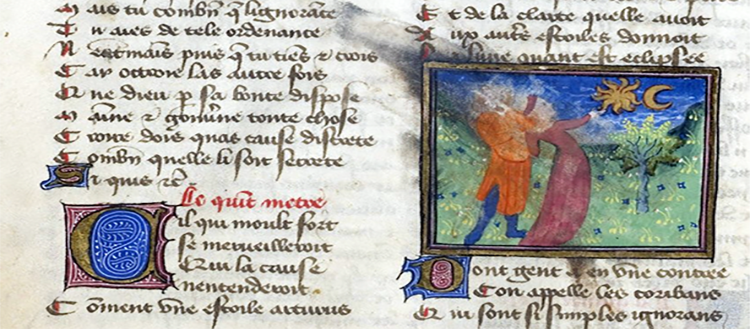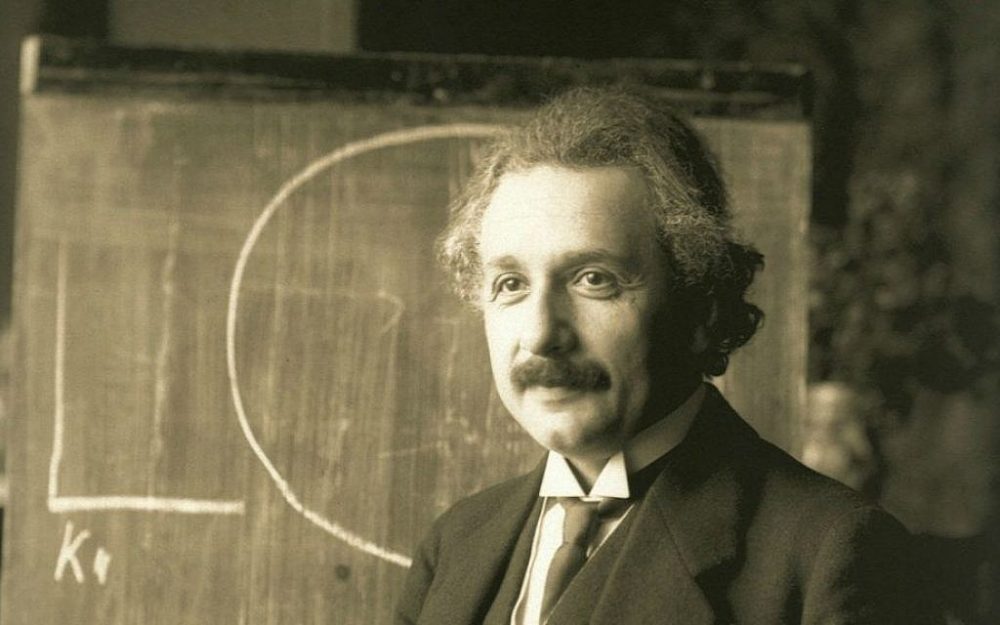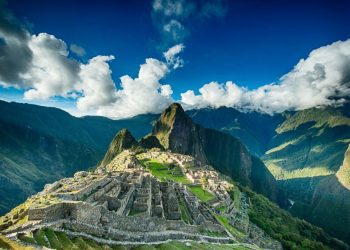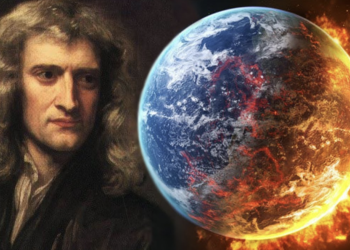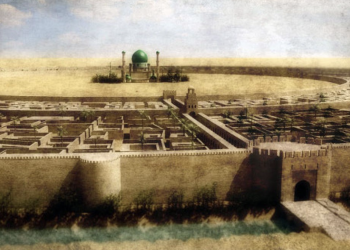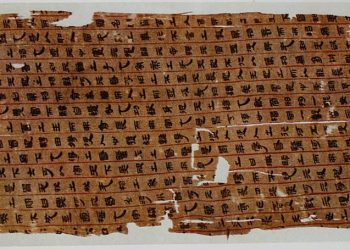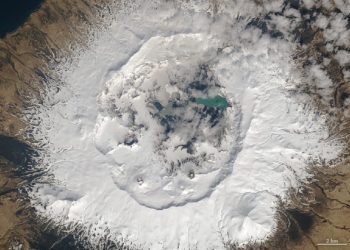Medieval Monks’ Lunar Eclipse Records Reveal Historic Volcanic Eruptions
New research connects medieval monks’ lunar eclipse observations with some of history’s largest volcanic eruptions, helping to better understand Earth’s climate history and the Little Ice Age.
Uncovering Volcanic History Through Medieval Chronicles
An international team of researchers, led by the University of Geneva (UNIGE), utilized 12th and 13th-century European and Middle Eastern chronicles, along with ice core and tree ring data, to identify and date some of the largest volcanic eruptions in history. Their findings, published in the journal Nature, shed light on one of the most volcanically active periods on Earth, which is believed to have contributed to the Little Ice Age, an extended cooling period marked by the advancement of European glaciers.
Contribution of Medieval Monks to Volcanology
The research team spent nearly five years examining hundreds of annals and chronicles from Europe and the Middle East to find references to total lunar eclipses and their colors. After large volcanic eruptions, the amount of dust in the stratosphere can be so high that it causes the eclipsed moon to nearly disappear. Medieval chroniclers documented 51 of the 64 total lunar eclipses in Europe between 1100 and 1300, with five instances mentioning an exceptionally dark moon.
Japanese Scribes’ Contributions and Climate Impacts
Sébastien Guillet, the study’s lead author, realized that the darkest lunar eclipses occurred within a year of major volcanic eruptions, allowing the researchers to narrow down the eruption dates. Japanese scribes also documented lunar eclipses, with one account describing an unprecedented dark eclipse in 1229. The dust from large volcanic eruptions caused the moon to vanish and cooled summer temperatures by limiting sunlight, potentially leading to crop failures.
Linking Texts and Data to Understand Climate and Society
By cross-referencing medieval texts and ice core data, the researchers were able to better estimate when and where some of the largest eruptions occurred. The study also highlighted the importance of understanding the timing of volcanic eruptions in relation to the spread of volcanic dust and subsequent climate anomalies. The collective impact of these eruptions on Earth’s climate may have triggered the Little Ice Age, and improving knowledge of these events is essential to understanding how past volcanism affected climate and society during the Middle Ages.
PLEASE READ: Have something to add? Visit Curiosmos on Facebook. Join the discussion in our mobile Telegram group. Also, follow us on Google News. Interesting in history, mysteries, and more? Visit Ancient Library’s Telegram group and become part of an exclusive group.



